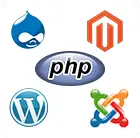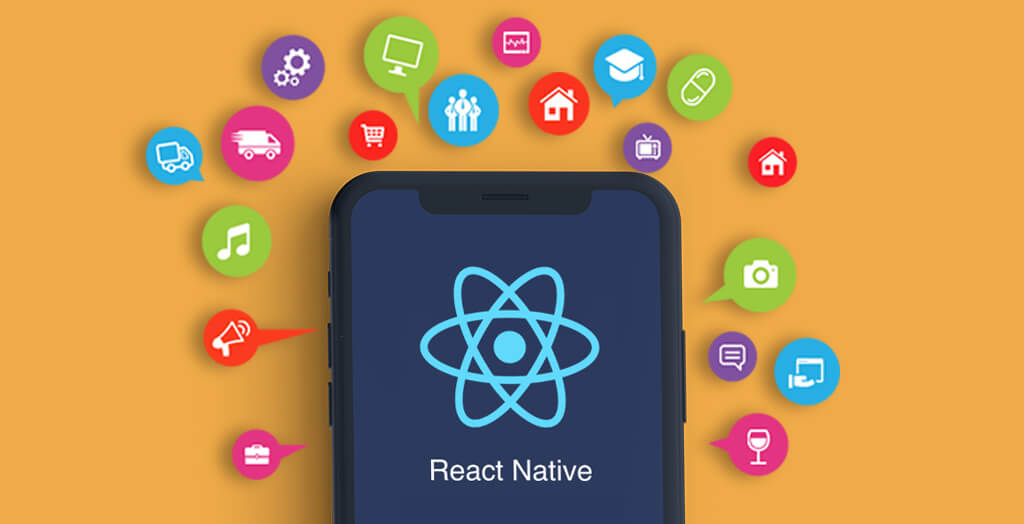How to know which framework is used in PHP?
Determining which PHP framework is used in a web application can be approached in various ways. Here are some methods you can use:
Check File Structure and Configuration Files
Look for files and directories that are indicative of specific frameworks. For example:
Laravel often includes directories like app, bootstrap, and public.
Symfony commonly has directories named src, vendor, and config.
CodeIgniter typically has a structure with folders like application, system, and public.
Examine URL Patterns
Analyze the URL structure. Some frameworks have unique URL patterns or routing conventions. For instance:
Laravel URLs might include segments like /controller/method/parameter.
CodeIgniter URLs often follow the pattern /index.php/controller/method/parameter.
Inspect HTML Source Code
View the HTML source code of the web page. Some frameworks include meta tags, comments, or hidden input fields that reveal the framework in use. For example:
Laravel may have a meta tag like <meta name=”generator” content=”Laravel”>.
Symfony may include meta tags with information about the Symfony version.
Check for Framework-Specific Function Calls
Look for function calls or code patterns specific to a particular framework. For instance:
Laravel applications often use functions like route(), view(), and redirect().
Symfony might use functions like render(), forward(), and redirectToRoute().
HTTP Headers
Examine the HTTP headers returned by the server. Some frameworks include headers that reveal their presence. For example:
Laravel might include headers like X-Powered-By: PHP/Laravel.
Symfony may include headers like X-Symfony-Cache.
Use Online Tools
Several online tools can analyze a website and provide information about the technologies used, including the PHP framework. Examples include Wappalyzer, BuiltWith, and WhatCMS.
Look at Documentation URLs
Check for URLs related to documentation or default pages that are unique to specific frameworks. For instance:
Laravel often has URLs like /docs or /artisan.
Symfony may have URLs like /config or /phpinfo.
Search for Framework-Specific Files
Look for files specific to certain frameworks. For example:
Laravel may have a .env file for environment configuration.
CodeIgniter often includes a config.php file.
Remember that these methods are not foolproof, and some websites might use custom-built frameworks or have obscured their technology stack intentionally. Additionally, the techniques mentioned may vary in effectiveness, and the landscape of web development is continually evolving, so newer frameworks and practices may not be covered by these methods.
What is difference between CodeIgniter and core PHP?
CodeIgniter and core PHP represent two different approaches to web development. Here are some key differences between CodeIgniter (a PHP framework) and core PHP:
Architecture
Core PHP: In core PHP, developers build the entire application from scratch without any predefined structure. The architecture and organization of code are left to the discretion of the developer.
CodeIgniter: CodeIgniter is a PHP framework that follows the Model-View-Controller (MVC) architectural pattern. It provides a structured way to organize code, separating concerns between models (data handling), views (presentation), and controllers (application logic).
Ease of Use
Core PHP: Requires manual handling of tasks such as database connections, form validations, and URL routing. Developers need to write code for common functionalities.
CodeIgniter: Provides built-in libraries and helpers that simplify common tasks. It has a small learning curve and allows developers to be productive quickly.
Development Speed
Core PHP: Development speed can be slower because developers need to create everything from scratch, including commonly used features.
CodeIgniter: Offers features like an ORM (Object-Relational Mapping) system, built-in form validation, and database abstraction, speeding up development time.
Security
Core PHP: Security measures need to be implemented manually, and developers must be aware of common security threats such as SQL injection and cross-site scripting (XSS).
CodeIgniter: Implements built-in security features, including input data filtering and output escaping, helping developers mitigate common security risks.
Community Support:
Core PHP: As the native language of the web, PHP has a vast and active community. However, when using core PHP, developers may need to find and integrate third-party libraries for common functionalities.
CodeIgniter: Has a dedicated community that supports the framework. It also has an official user guide and documentation, making it easier for developers to find help and resources.
Scalability
Core PHP: Scalability depends on how well the code is organized and structured by the developer. As the application grows, maintaining a clean and scalable codebase becomes challenging.
CodeIgniter: With its MVC architecture, CodeIgniter provides a more scalable structure. The separation of concerns makes it easier to maintain and extend the application as it grows.
Code Organization
Core PHP: Developers are responsible for organizing code, and without a specific structure enforced, projects may become difficult to manage over time.
CodeIgniter: Follows a predefined structure, making it easier to organize code. The MVC pattern helps maintain a clean separation of concerns.
Learning Curve
Core PHP: Developers need a strong understanding of PHP and web development concepts. The learning curve can be steep for beginners.
CodeIgniter: Has a relatively gentle learning curve, making it accessible for developers who are new to PHP frameworks.
In summary, CodeIgniter provides a more structured and opinionated approach to web development compared to core PHP course in Chandigarh, making it a suitable choice for projects where development speed, security, and ease of maintenance are crucial. Core PHP, on the other hand, offers maximum flexibility but requires developers to handle more aspects of development manually. The choice between CodeIgniter and core PHP depends on the project requirements, the skill level of the development team, and the desired balance between control and convenience.
Read more article:- Digitalnomic.









